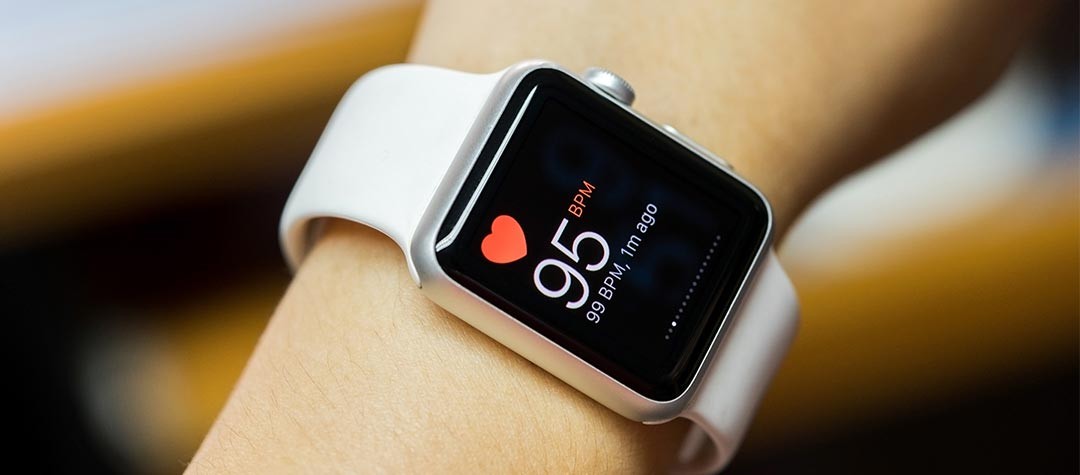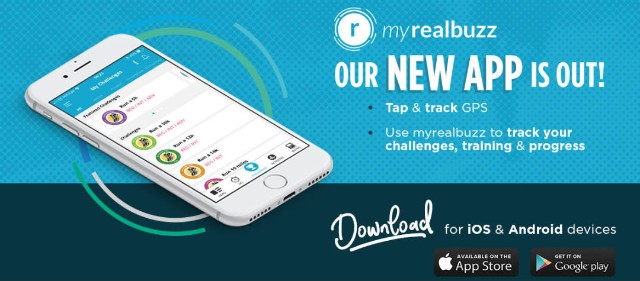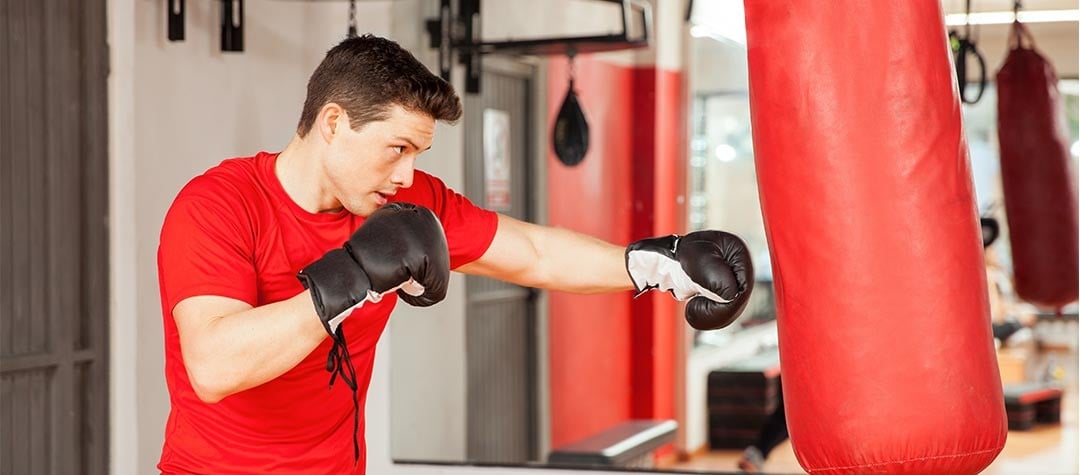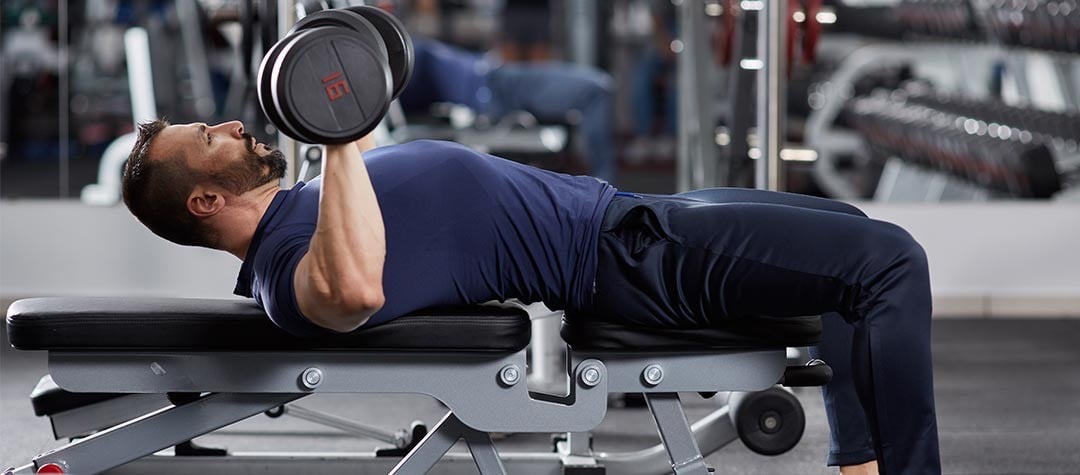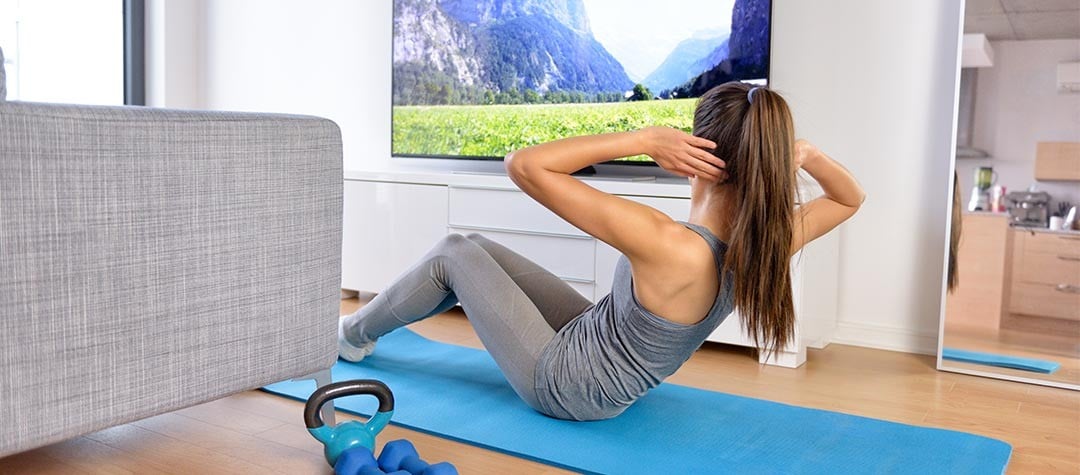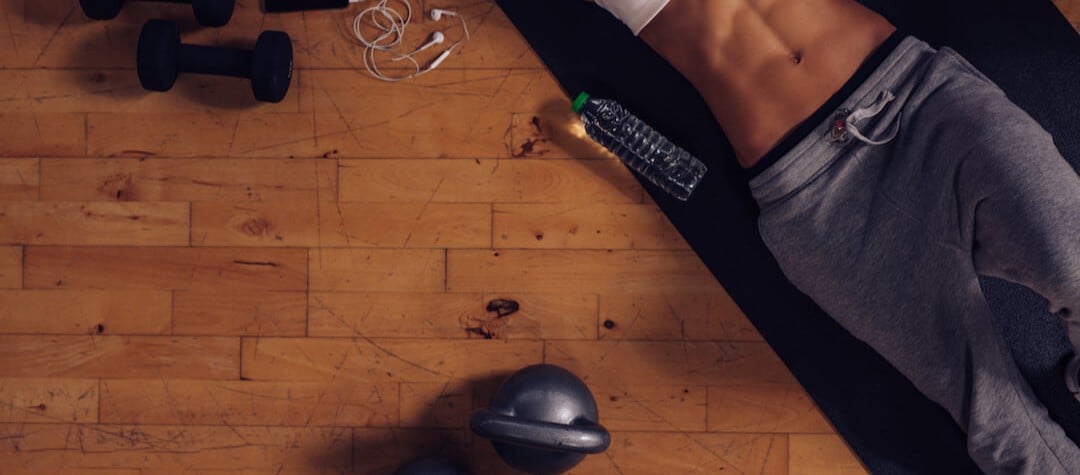Putting in the hours at the gym? Find out how to monitor your fitness progression to ensure that your fitness is heading in the right direction.
Whether you’ve recently started training at the gym or have been working out for a while, before long a familiar pattern often emerges. You start with the best of fitness intentions and initially everything seems to be going well as you’re flushed with the newness and excitement of exercise.
Frequently though, when this ‘honeymoon period’ is over, your interest levels in the gym wane, your performance plateaus and you start questioning the value of your workouts.
So, what’s the matter? Where has your motivation gone? How are you progressing - or are you not? The answer to these questions is to get a check-up - a fitness progress check - both before you start your exercise programme and at regular intervals throughout the year, which will bring a whole range of benefits including:
- Assessment of where your fitness levels currently are.
- Information on how you’ve progressed since your last check-up.
- The opportunity to alter your training programme.
- A motivational tool - as you see your performance improving.
So, what tools can you use to monitor your progress, how often should you check-up where you are and what form does a check-up take? Follow the guide to fitness check-ups below and your training won’t stagnate.
Before you begin at the gym
When you join a gym, the fitness staff should offer you a fitness check-up before you start exercising, which serves two basic functions:
- Safety check before training
Before you begin, it is extremely important to check that it is safe for you to exercise and a fitness check will confirm your fitness levels and any precautions that may be necessary for you to take.
- Baseline assessment of your fitness
Once your baseline fitness levels have been established, you have something to measure future progress against. Additionally, your training program can now be designed to reflect both your goals and the specific areas you need to improve.
Your fitness test can take many forms, depending upon your current fitness levels, the specifics of what you are looking for from your exercise program and the areas that your gym or trainer prefer to focus upon. However, all good fitness assessments should include the minimum following elements:
Basic baseline fitness check
All fitness check information should be recorded and completely confidential and serves as a reference point both to base your training on and for future comparison.
- Health questionnaire - This should be comprehensive and cover your medical history, any medical conditions, lifestyle and exercise history as a minimum.
- Resting heart rate - This only provides a ‘snapshot’ of cardiovascular fitness levels but serves as a useful indicator.
- Blood pressure test - Extremely important as high blood pressure will have a significant impact on your exercise prescription.
- Fitness goals discussion - Your fitness consultation should also discuss your personal goals, any concerns or questions that you may have and give you the opportunity to discuss any specific health and fitness advice that you need.
Advanced fitness check
A more advanced check-up would comprise all the elements of the baseline check, together with one or more of the following tests:
Flexibility tests - Testing flexibility is vitally important because if flexibility is not assessed before you start exercising then potentially; injury is on the horizon if particular muscles and tendons are tight.
Cardiovascular (CV) tests - These can take many forms and can include:
- Basic timed workouts over set distances
- Heart rate tests
- Maximal tests to exhaustion (advanced exercisers only!)
Strength tests - These can involve simply assessing general strength across a variety of exercises to cover the whole body, to specific maximal lift tests (again, advanced exercisers only).
What happens next?
Once your fitness scores have been established, there is now a point from which to work. At any time in the future, it is possible to compare your fitness scores against this initial data via a re-test and also with data from repeat fitness tests. This information then provides an instant comparison for your progress.
Other progress checking methods
1. Training diary
One of the most effective progress checking systems available is to keep a training diary. A training diary is effectively a record of your workouts. It can be as simple or detailed as you wish but, a diary is an invaluable tool to compare past and current performances as well as a great indicator for which parts of your training are working and which are not.
Advantages: Cheap, simple
Disadvantages: Need discipline to complete it after every session
| Day | Workout | Equipment | Duration | Comments |
| Monday | CV session | Treadmill and cross-trainer | 20 minutes each | Felt tired on the cross-trainer, possibly jogged a bit too hard at the start |
| Tuesday | Rest | |||
| Wednesday | Resistance training | Various fixed machines | 45 minutes total | Jane and I completed our usual circuit, felt very fresh |
| Thursday | Rest | |||
| Friday | CV session | Rower | 20 minutes | Tried the rower for a change today. Quite tough but enjoyed it. Finished with leg stretches |
| Saturday | Rest | |||
| Sunday | Resistance training | 35 minutes | Same session as Wed but without Jane. Tired, possibly from Friday’s workout |
2. Heart-rate monitor
A heart-rate monitor can record all your cardiovascular training sessions and can be preset for specific training limits, both for heart rate and recovery time. Post exercise, this data can then be viewed for comparison or downloaded onto a PC and directly compared with graphs and charts against previous performances.
Advantages: Basic models are cheap. Very powerful motivational tool if used correctly.
Disadvantages: Information can be corrupted from other gym users and equipment. Data viewing and download models can be expensive, cannot record resistance training workouts.
3. Inbuilt computer monitoring system
Some gymnasium equipment manufacturers, operate a system where each gym user is assigned their own personal ‘key’. The key contains details of their exercise programme (cardiovascular or resistance training). The key is inserted into each piece of equipment used during your workout and records exactly what exercise is completed during each session. This information can then be reviewed at a central computer point in the gym and compared against previous sessions.
Advantages: Simple to use and interpret.
Disadvantages: Requires integrated gym system which is expensive.
4. Programme sheet
This method is similar to a training diary but is particularly useful for resistance training. The program sheet contains details of your workout, equipment used, weights and repetitions and you update it yourself as you work through your session. This could be in the form of either:
1. More weight lifted
2. More repetitions completed
The key point with the programme sheet is that you have a ready made motivational tool in your hand as you work through your session, which can then be filed away for future reference.
Advantages: Cheap, simple and an instant motivational tool.
Disadvantages: Needs to be continually updated to be of real value.
Conclusion
Whichever system that you use to monitor your training, the value of a fitness check and recording system should not be underestimated. Fitness checks can maintain your motivation, facilitate program changes and adaptation and provide a record of your progression - which is an extremely useful addition to your training. There is a wide choice of methods from the hi-tech to basic paper systems, so simply choose the most suitable system that fits for your training. Whatever method you select, you can be certain that it will enhance your exercise experience, increase your enjoyment of your workouts and help you improve.

